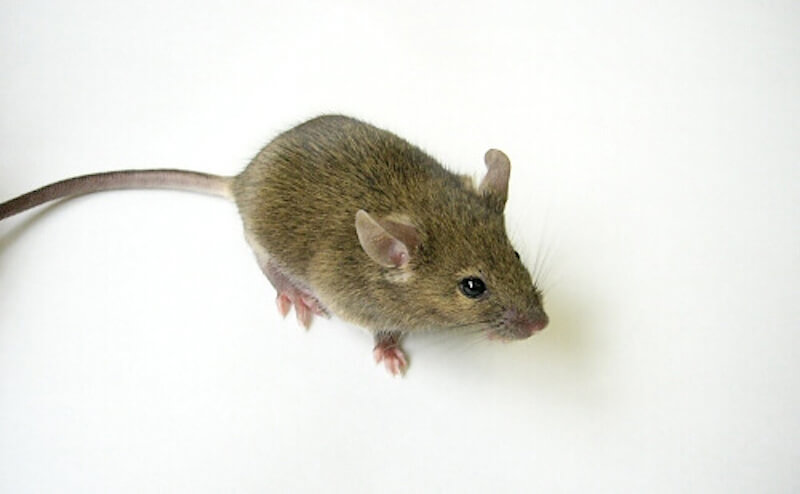Extended one-generation reproductive toxicity study evaluating gardenia blue in Sprague Dawley rats
Robert Maronpot2024-01-14T21:49:47+00:00Gardenia blue powder was administered at 0.5%, 2.5%, or 5.0% in feed to male and female Sprague Dawley rats in an Extended One-Generation Reproductive Toxicity Study (OECD Test Guideline 443). The dosed diet began 14 days before mating and was continued at the same concentration level for the entire study for all parental [...]
